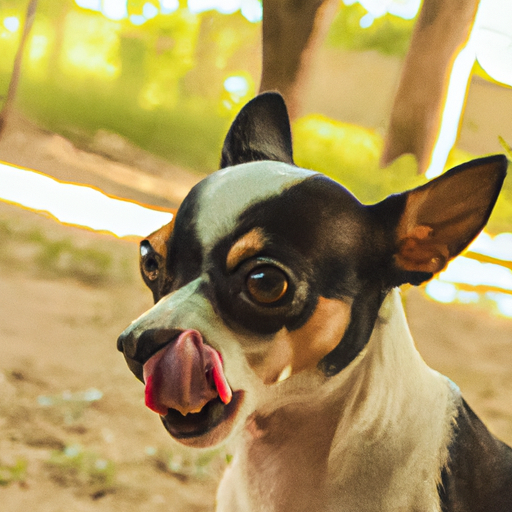Introduction
You’re a caregiver, aren’t you? You want to understand your furry friend better, to provide the best care possible. You’re in the right place. Today, we’ll delve deep into the world of dog expressions. We’ll explore what that wagging tail or those bright eyes are trying to tell you.
Understanding Basic Dog Expressions
Let’s start with the basics. Dogs communicate through a combination of facial expressions, body language, and vocalizations.
- Happy: Tail wagging, relaxed body, mouth open and relaxed.
- Scared: Ears flat against the head, tail between legs, body crouched low.
- Angry: Ears up, tail stiff, body tense, lips curled to show teeth.
Decoding the Tail Wag
The tail wag is one of the most recognizable dog expressions. But here’s a surprise for you – it’s not just about happiness. The direction, speed, and breadth of the tail wag all carry meaning.
- Right Wag: Positive emotions
- Left Wag: Negative emotions
- Fast Wag: Excitement or agitation
- Slow Wag: Uncertainty or insecurity
- Broad Wag: Friendly; if accompanied by a relaxed body, it’s a happy dog
- Stiff Wag: Tense and potentially aggressive
What Those Ears Say
Ears are another important part of dog expressions. They might be difficult to read, especially in breeds with floppy ears, but they’re worth your attention.
| Ear Position | Meaning |
|---|---|
| Forward | Alert, interested |
| Back | Nervous, submissive |
| Sideways | Relaxed, comfortable |
The Language of Dog Eyes
Eyes are the window to the soul, and the same goes for dogs. A dog’s eyes can tell you a lot about its mood.
- Relaxed Eyes: The dog is comfortable.
- Wide Eyes: The dog is alert, surprised or scared.
- Narrowed Eyes: The dog is aggressive or uncomfortable.
Vocalizations and What They Mean
From barks to whines, your dog’s vocalizations are a rich source of information. Let’s decode some common sounds.
- Bark: Can mean anything from excitement to aggression, depending on the tone, volume, and frequency.
- Growl: A warning that could escalate to aggression if not heeded.
- Whine: A sign of distress, frustration, or desire for attention.
The Art of Dog Body Language
Body language is a vital part of dog expressions. A dog’s body posture can tell you if it’s relaxed, scared, aggressive, or excited.
- Relaxed Body: The dog is comfortable and happy.
- Stiff Body: The dog is alert, scared, or aggressive.
- Crouched Body: The dog is scared or submissive.
FAQs on Dog Expressions
Q1: Do all dogs express emotions the same way?
No, different breeds and individual dogs may have different ways of expressing the same emotion. It’s important to get to know your own dog’s unique language.
Q2: Can I train my dog to express emotions in a certain way?
Training can modify behavior but not emotions. It’s more beneficial to understand and respond to your dog’s natural expressions.
Q3: My dog’s expressions are hard to read. What should I do?
Keep observing. Over time, you’ll likely pick up on subtle signs and cues that others might miss. Consult a dog behaviorist if needed.
Q4: What should I do if my dog shows signs of aggression?
Consult a professional dog trainer or behaviorist. Aggressive behavior can be dangerous and should be addressed promptly.
In conclusion, understanding your dog’s expressions can significantly enhance your relationship. Remember – patience, observation, and love are your best tools in this fascinating journey. Keep learning, keep caring.



